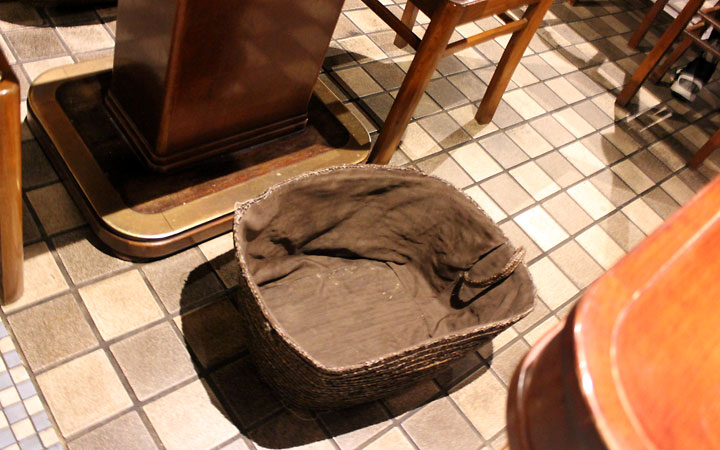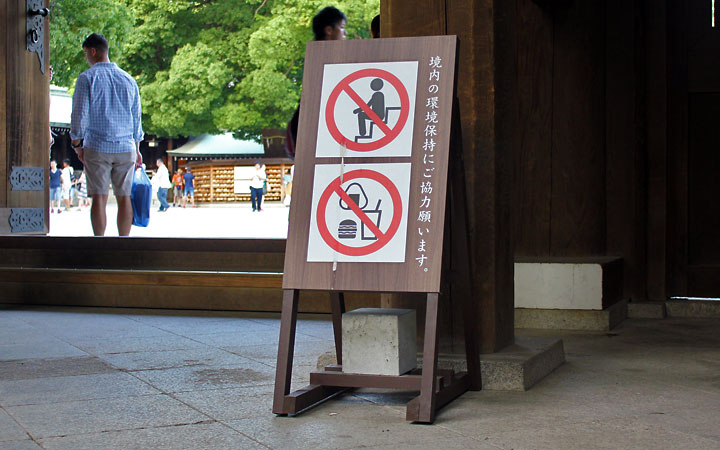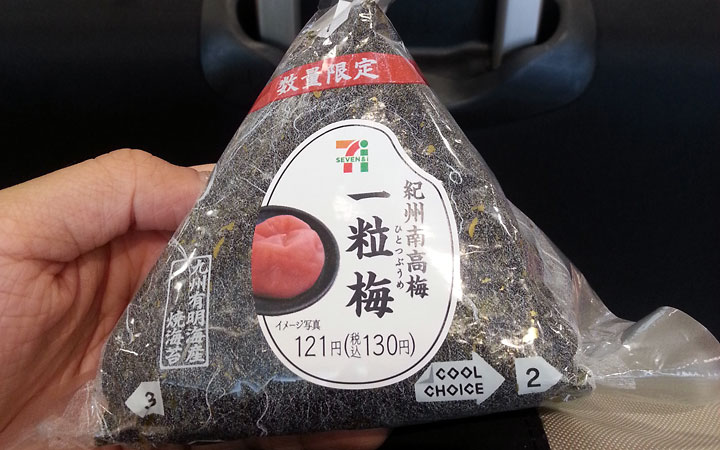Adapting to the Japanese Culture
Even though I am raised in a western country (Canada) I thought adapting to the Japanese culture would be easy since I have Asian background. How wrong I am.
Japanese Customs: Unwritten Rules

When I first arrived, I stayed with my friend Haruka’s family for a few days. I knew that Japanese had a lot of different customs, so I was very cautious to ask my friend if I had violated any rules. “It’s okay,” she would say. This led me to be even more uncertain.
However, here are a few things I’ve gathered from reading online, talking to other travellers, and observing the Japanese:
Walking / Shoes
- Take off your shoes when entering the house. A lot of the accommodations (all from what I’ve seen) have a step when you enter. Take your shoes off before this step.
- If you want a better view of a parade and want to step on a bench for a better view, take off your shoes.
- Wear separate slippers into the toilet/washroom (in a house).
- In Tokyo and Sapporo, you stand on the left on an escalator, and let people pass on the right. In Osaka, you stand on the right, and let people pass on the left.
Eating / Drinking
- Say “Itadakimasu” before your meal, and “Gochisousama deshita” after. It’s similar to saying grace and thanking the chef for the meal.
- Use your chopsticks properly. If they cross (like an “X”), it’s improper.
- When on a bus that allows you to recline your seats, ask the person behind you if it’s okay.
- At the restaurant, the basket on the floor beside you is for your backpack, bag, or purse. Feel free to use it.
- It is okay to drink or eat on the train or subway. Beer on the train at 10am? In Osaka, that’s not uncommon. Shocking isn’t it?


Other
- Line is the most widely used messaging app in Japan. It is normal to receive a dozen emojis / stickers for every reply. Lack of stickers imply a serious tone, though this is subjective to the cohort you are talking to.
- Likewise, offline, it is common for Japanese people to respond to everything cute with “kawaii” (means “cute”), or amazing or shocking things with “sugoi” (means “wow”, can be expressed positively or negatively).
- When wearing a Japanese robe (kimono/yukata, etc), learn what’s proper: left over right. Right over left is for the deceased.
- When paying for groceries, there is no conveyor belt. Put your basket on the counter and the cashier will ring your items in and put them in a second basket. You may need to ask for a bag (sometimes for an extra ¥3-¥5). Take your items to the bagging counters and bag your groceries away. (For Aussies, it’s similar to how they operate in Aldi.)
- Ask to be excused to use the showers. (?!)
But if you manage to forget everything on my list, don’t forget this:
- Tell people you’re a foreigner.
Apparently they are more lenient about these rules once they know you’re a foreigner. And they be like “chigau, chigau” which I was told meant “different, different”…
Japanese Customs: Written Rules

Written rules are everywhere – when using a public bath (onsen/sento), using the toilet, eating convenience store nigiri, opening doors on the train, queuing up for the train, train etiquette.

Some of the signage may be confusing. For example, some signs appear to say no photography, but looking closely, it means no flash photography. Same goes for cycling; it may appear to be a no cycling sign but may mean no bicycle parking. Look out for these.
All these written rules can be both overwhelming and amusing a the same time.


Understanding Behaviours
People say the Japanese are polite and very willing to help. It is true for the most part. I have found few exceptions to the politeness, and no surprise, they are teens. But what do the Japanese think about their own behaviours?
I’ve met Japanese people who have returned to Japan after living abroad. They tell me they become a different person, one who has to say sorry, “sumimasen”, for every action that may be of inconvenience to others. Japanese customs restrict their behavious. On the other hand, I have people telling me that the different levels of politeness (speaking to your boss, the elders vs. your friends) demonstrates a culture of respect.
Hindrance or culture?
I prefer to speak my mind, wave my arms like a lunatic, and not be restricted by customs. This is something I miss on the first weeks of my arrival. Which culture would the Japanese prefer? Do they feel the Japanese customs are a hindrance or do they feel more cultured because of them?
I never felt strongly conflicted about my identity until I face this drastic difference. The group of friends I grew up with are similar to me – with a heritage from a country abroad, and a patronage to the country we are born or grew up in. We accepted each other, turned the dial to whichever culture that suited the moment, and forgot any struggles we may have had.
What about you?
Are you a bilingual or multilingual? Have you lived in another country? If so, do you feel like a different person depending on the language you speak or the country you live in? Do you identify with one personality more than the other?

 Trip planning for Japan?
Trip planning for Japan?
Trip planning can be stressful. I’ve used the Lonely Planet Japan 14th Ed.: 14th Edition on this trip and it has helped me loads. If you plan on buying one anyway, why not purchase through my affiliate link? Thanks!



I read this post again just now as I’m in Osaka. We borrowed the lonely Planet from the library! And luckily my hold came up a few days before our trip
I wouldn’t have thought of borrowing Lonely Planet from the library! I’ve also seen it at a used bookstore or thrift store but the library is easier. Justine had great foresight.